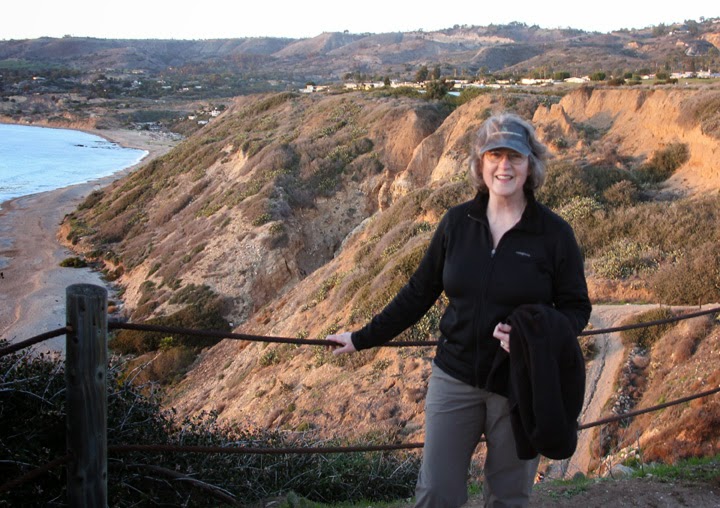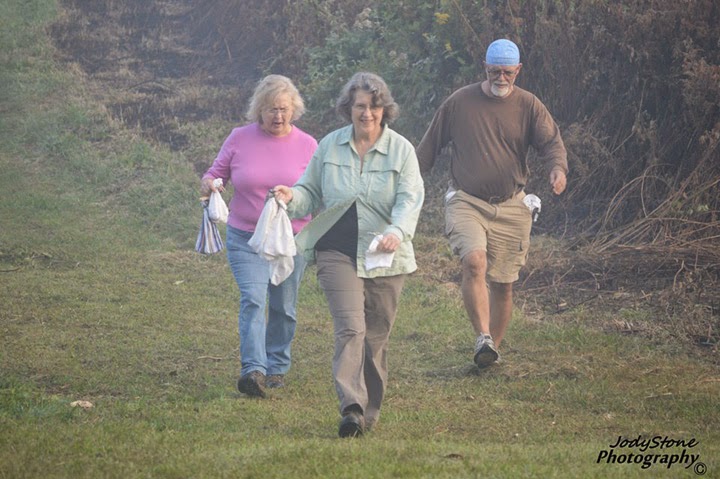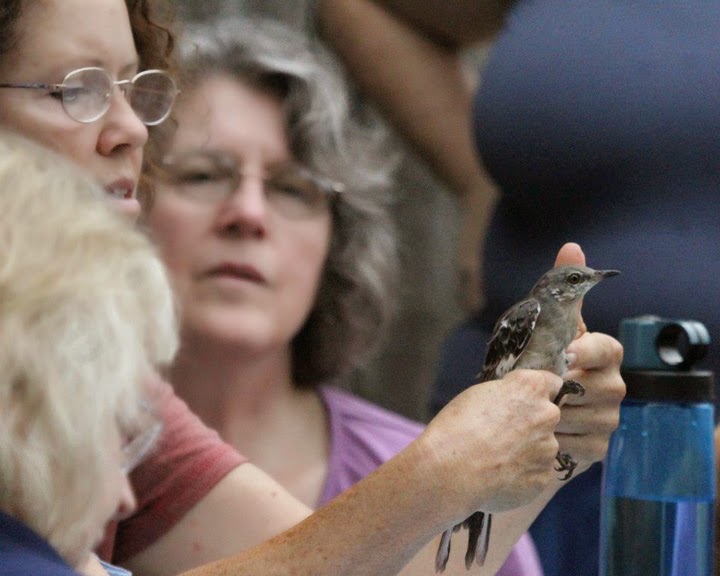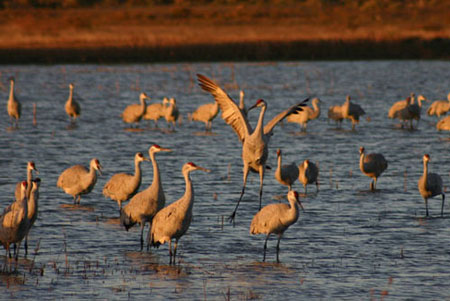Sandhill cranes are loved wherever you find them. Recently I have become acquainted with several individuals who have spent many hours observing and documenting sandhill crane behavior as the families go about their daily lives. These are also talented individuals who have shared what they've learned with the rest of the world.
The image you see above is from Christy Yuncker Photo Journal, a website you will want to visit to find a wonderful collection of images and descriptions of sandhill cranes and their behavior. She and her husband, George Happ, are co-authors of the Sandhill Crane Display Dictionary.
Christy introduced me to Nina Faust, in Homer, Alaska, a videographer who has made a beautiful series of videos of a sandhill crane family living near her home. The videos are moving and intimate documentaries of a sandhill crane family engaged in its daily activities.
Before viewing, settle into your chair and relax. Each video will draw you into the moment as you hear the gentle purr of a sandhill crane parent and enjoy this intimate visit with a family of sandhills going about their daily life.
While the proposal to hunt the Eastern Population of sandhill cranes moves forward in the state of Kentucky despite overwhelming opposition, there is a parallel approval process occurring in the regulatory branch of the Migratory Bird Division of USFWS. This division reviews and approves the regulatory rules that govern proposed hunting seasons for migratory birds. Kentucky's proposed sandhill crane hunting season is currently under review and the public is invited to comment.
Two important deadlines:
August 1st--comment deadline in Kentucky.
August 5th--comment deadline for USFWS regulatory ruling.
By August 1st--KDFWR's comment period for the public to voice their opinion about the proposed sandhill crane hunting season ends August 1st, 2011. If you are opposed to the hunting of sandhill cranes in the east, please let your voice be heard. Send your comments to the following KDFWR email address: rose.mack@ky.gov
By August 5th--USFWS is holding a public comment period on the proposed sandhill crane hunt in Kentucky. Comments can be made via postal mail or online portal. You can make your comment online at the following link: Frameworks for Early Season Migratory Bird Hunting You may type your comment or provide it as an attachment. You will see a tab that provides for your comment at the top right. Click on the pdf tab to read the document. Sandhill cranes are discussed in item # 9, page 44735.
The postal mailing address is: Public Comments Processing, Attn: FWS-R9-MB-2011-0014; Division of Policy and Directives Management; US Fish and Wildlife Service; 4401 N. Fairfax Drive, MS 2042-PDM; Arlington, VA 22203
But don't stop there. Who do you know that can have an impact on this process? Role up your sleeves, make a phone call, send an email, send a letter, invite that person to discuss this issue with you. Everyone has access to their state's law makers. You will find your state's US legislators' phone numbers and mail addresses at this link. These are the people who have the power to stop a decision-making process that excludes the voice of the majority of US citizens.
Links and Resources:
Visit sandhill crane hunting for my previous posts on this issue. The most recent post will be first. When you reach the bottom of the page, click "older posts" to view more.
More on Purple Martins coming up!

























































